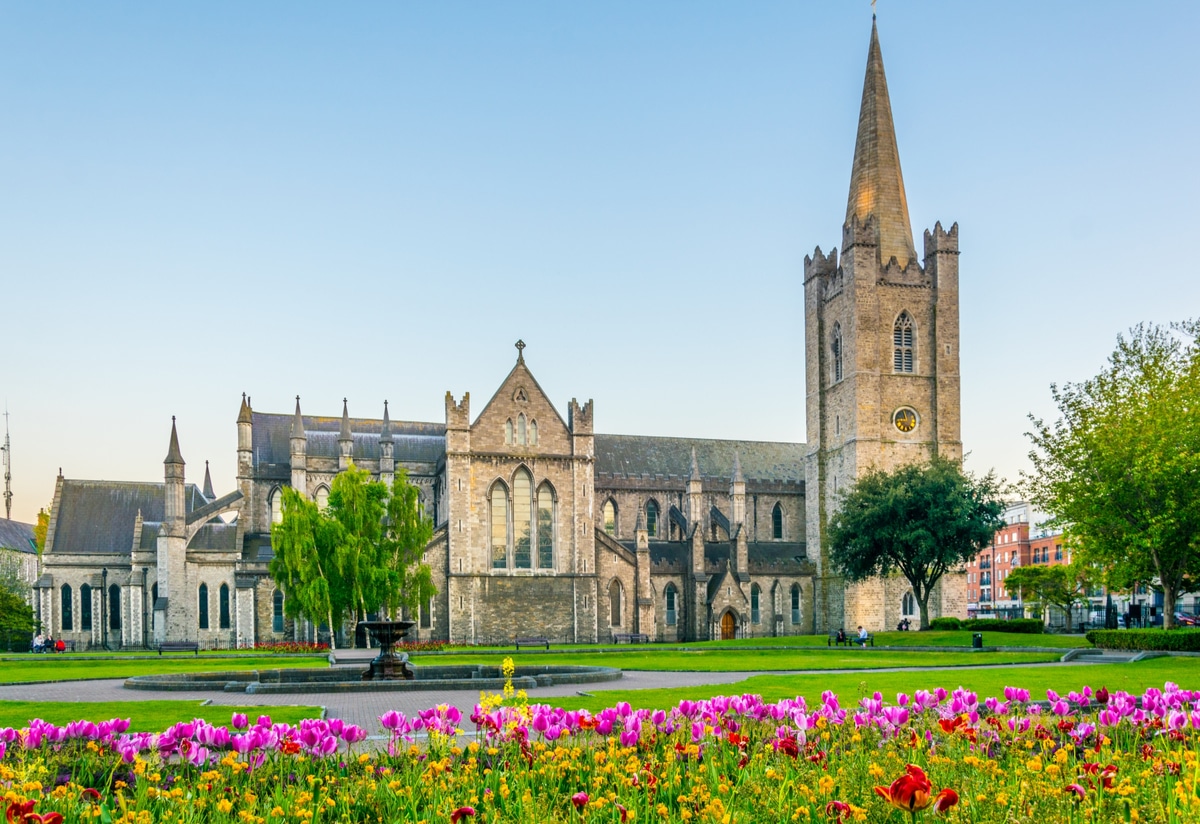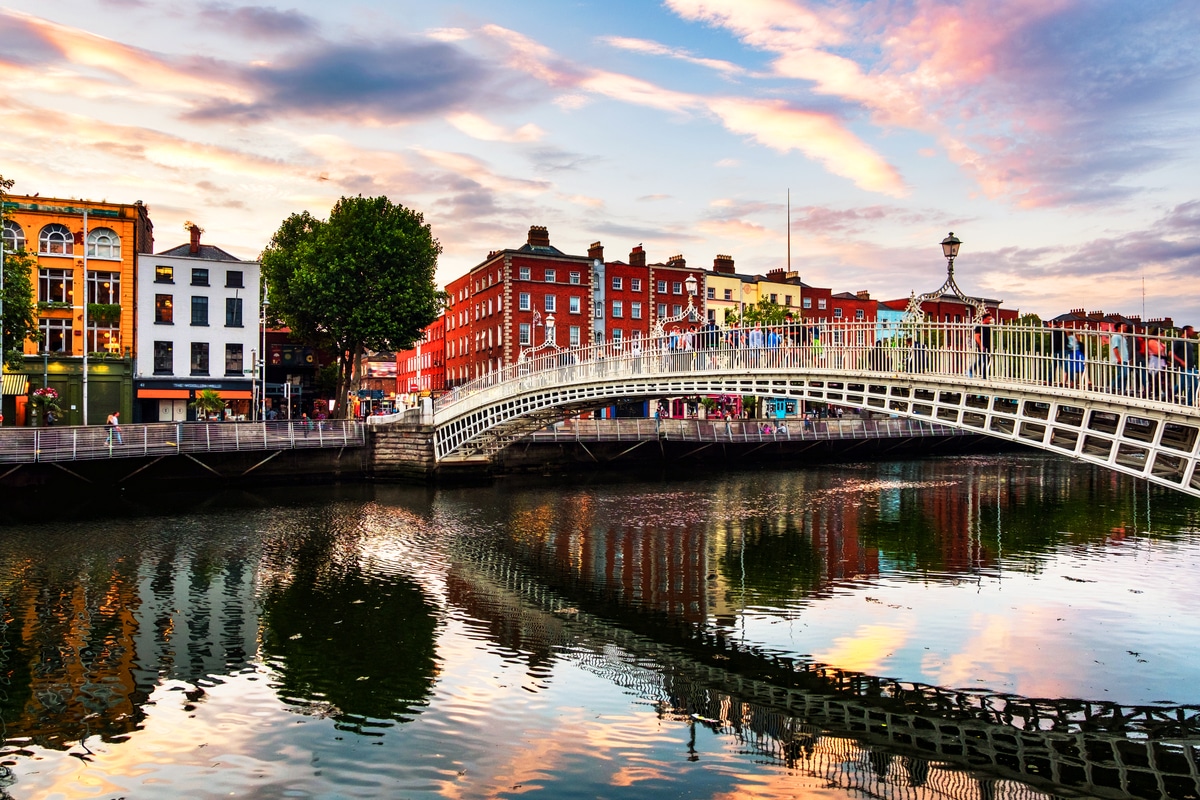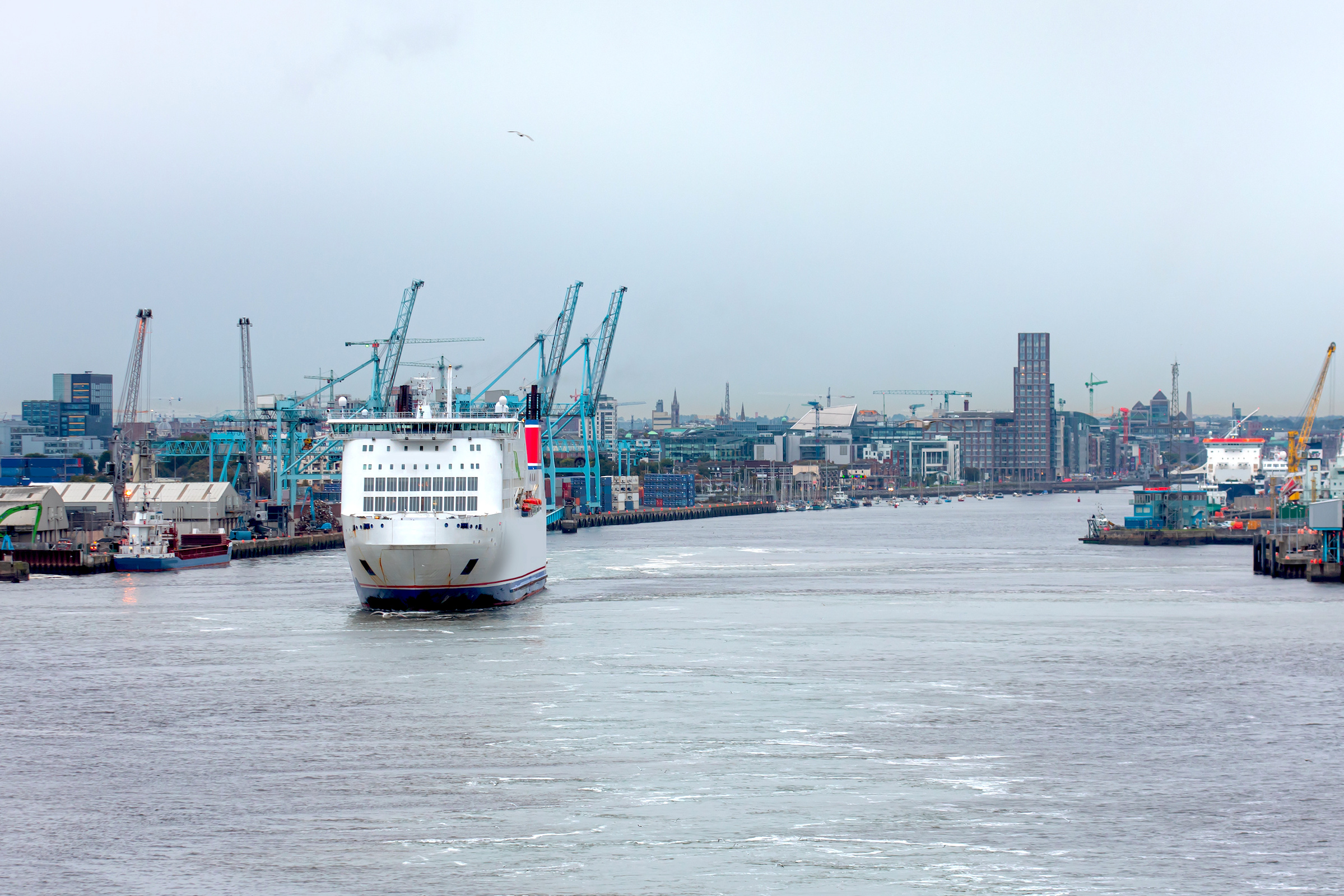St.Patrick's Cathedral
St. Patrick's Cathedral is the national pride among Ireland's ecclesiastical buildings. This is considered the largest and most imposing of its kind and looks back on a turbulent life.

History of the Cathedral
Around 1192, officials date its foundation by the Normans. A little later, in the 13th century, it underwent another renovation to become the architectural masterpiece that travelers can visit today. The reason for the still impressive appearance and the good condition of the masonry is the fundamental renovation from 1844 to 1869. In honour of the initiator and financier, Benjamin Lee Guinness still welcomes tourists from all over the world in the form of a statue right at the entrance gate.
For the Irish themselves, this place has not only a purely historical value. In fact, in the 5th century, St. Patrick himself is said to have baptized people from the surrounding area with spring water in a modest wooden chapel on the same spot. Numerous monuments and exhibits commemorate Irish tradition and notable figures of long ago. Jonathan Swift, the inventor of Gulliver's Travels, served as dean in the cathedral and also found his final resting place in it right next to his platonic love "Stella" Johnson.
The wooden door of the north transept has an unusual history. Through the hole in the door the Earl Kildare is said to have offered peace with an outstretched arm to his arch-enemy in a feud. St Patrick's Cathedral takes visitors on a unique journey back in time through the country's events, featuring influential figures in history. It's an ideal pastime for any arrivals looking to quench their historical thirst for knowledge around Ireland's important figures.




